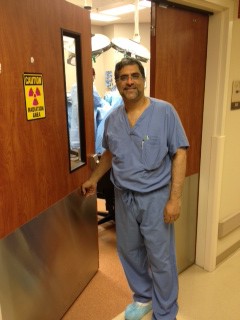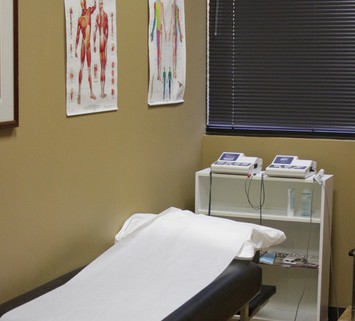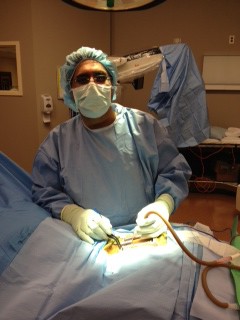A minimally-invasive procedure used to treat spine fractures, a Kyphoplasty can help repair and prevent future compression fractures on weakened vertebrae. Kyphoplasty recovery time is relatively minimal, with an average of 4-6 weeks for a full recovery. However, as with any procedure, there are risks involved. Your recovery time can vary depending on your health, how many vertebrae are treated during the procedure, and how you recover after surgery. If you’re considering a Kyphoplasty, here’s what you need to know about the procedure and the recovery process.
What Happens During The Procedure
You’ll be put under general anesthetics for your Kyphoplasty, where the doctor will insert a needle into your spine and inflate a balloon to help your vertebrae regain their shape. Once inflated, medical-grade cement will be injected into the fractures as needed. Normally the procedure wraps up within 60 minutes, but it can take longer depending on the number of vertebrae that require treatment. Once the surgery has been completed, the needle will be removed from your spine without any stitches needed.
You’ll spend some time in the recovery room, but you’ll likely be discharged the same day, so no overnight stay is necessary. There will be some soreness where the needle was inserted, but you should be able to walk an hour after your procedure, and you may feel less pain in your spine than you did before.
Risks and Restrictions Following Surgery
With a Kyphoplasty being a low-risk procedure, it won’t be long before you can return to your normal daily activities. Your doctor will give you some guidelines and restrictions while you’re in recovery so you don’t hurt yourself after surgery.
Basic Restrictions
- No driving for 24 hours following your procedure
- No heavy lifting for 24 hours
- Minimal heavy lifting and exercise for 4-6 weeks
There’s always a risk for complications with any medical procedure, but you shouldn’t experience any issues as the likelihood of complications goes down when the procedure is performed by a trained surgeon using x-rays for guidance.
If you experience any of the following, please contact your doctor immediately and seek medical assistance.
- Infection
- Bleeding
- Worse Back Pain
- Tingling or Numbness
- Allergic Reactions to Chemicals Used With X-Rays
- Cement Leakage
Short-Term Recovery
In the first few days following the procedure, you may feel some soreness, but you should be able to resume your normal daily activities within 2-3 days. You still should avoid strain or heavy lifting for 4-6 weeks, but you can do light exercise and physical therapy that your doctor has directed you to do. The physical therapy exercises will help rebuild strength and restore your mobility.
Within the first week following surgery, you’ll need to schedule an X-ray appointment before your follow-up appointment with your doctor. Getting this imagery for your doctor to review will allow them to get a better idea of how the cement is working in your body.
At around the two-week point following your procedure, you’ll have a follow-up appointment with your doctor to see how your recovery is progressing. This is where your X-rays will be reviewed, and questions can be asked and answered about the rest of the recovery process.
Long-Term Recovery
Kyphoplasty recovery time is typically complete after 6 weeks, so you should be completely recovered by this point. Keeping up with your exercises from physical therapy can help prevent any pain from returning, but you can resume strenuous physical activity at this point. If you don’t feel confident in your recovery, please talk to your healthcare provider about any of your concerns.
Pain Management
Each individual’s recovery looks different, but within 48 hours after your procedure, you should experience some pain relief in your spine. It’s normal to experience pain and soreness at the injection site. You can use ice to help relieve some of the swelling, along with over-the-counter anti-inflammatory medication.
If you’re still experiencing sharp or intense pains in the weeks after your surgery, please communicate with your doctor. Pain management with back pain is its process; ideally, you should experience less pain after your Kyphoplasty than before.
Following your instructions after your procedure and putting in the effort to do your physical therapy exercises will pay off. A Kyphoplasty is a low-risk procedure with a quick recovery time, but care is still needed during your recovery process to become truly pain-free.
How Texas Spine Center Can Help
For patients seeking a skilled and experienced board-certified spinal surgeon they can trust, look no further than Dr. Siddiqi and his talented team at Texas Spine Center. They’re specialists in minimally invasive procedures like the Kyphoplasty, and they’re sure to set you up for success during your recovery. Schedule an appointment on our website to speak with the experts to see which options suit you and your needs!



